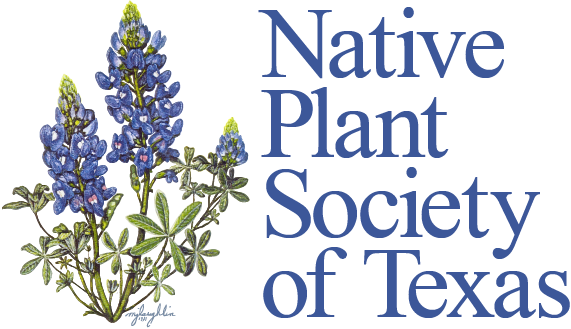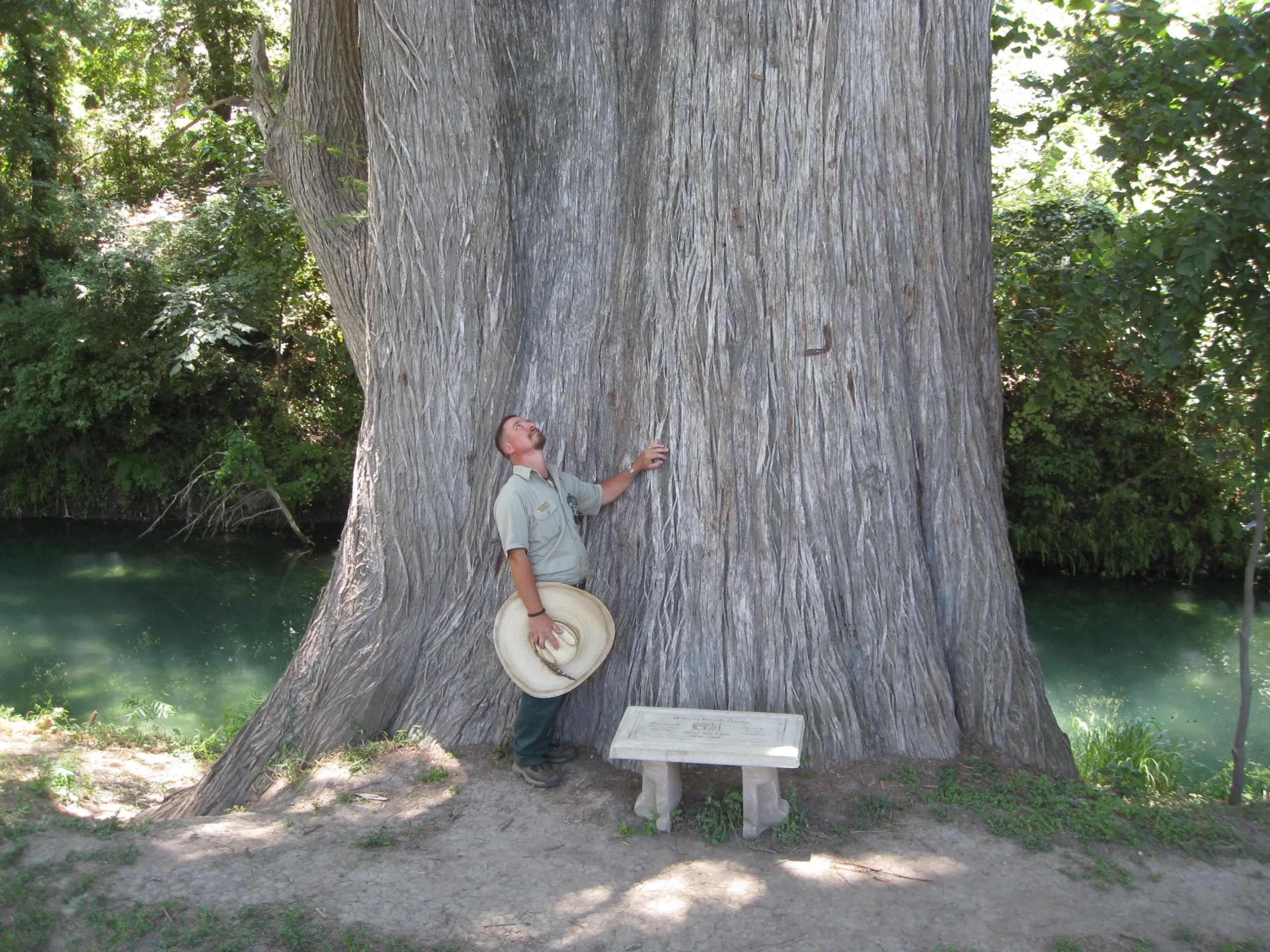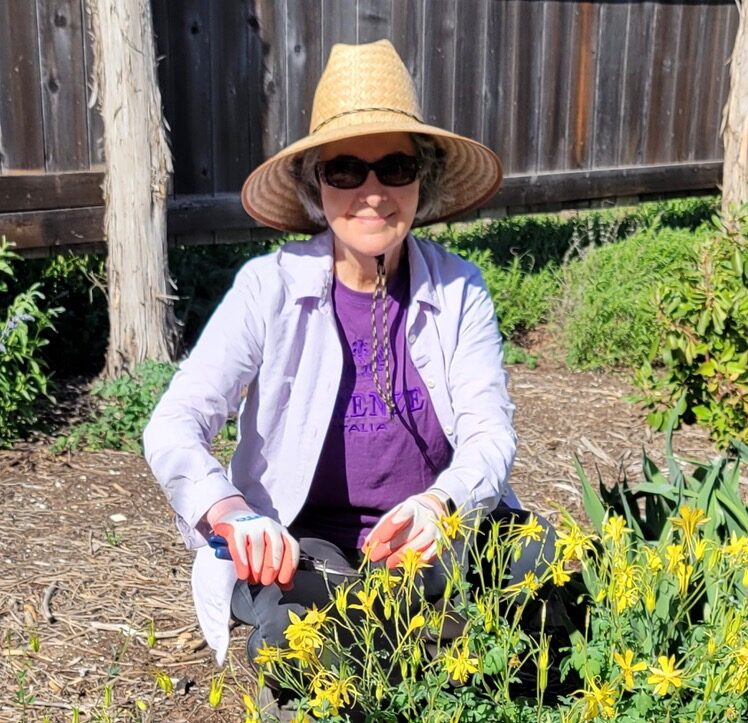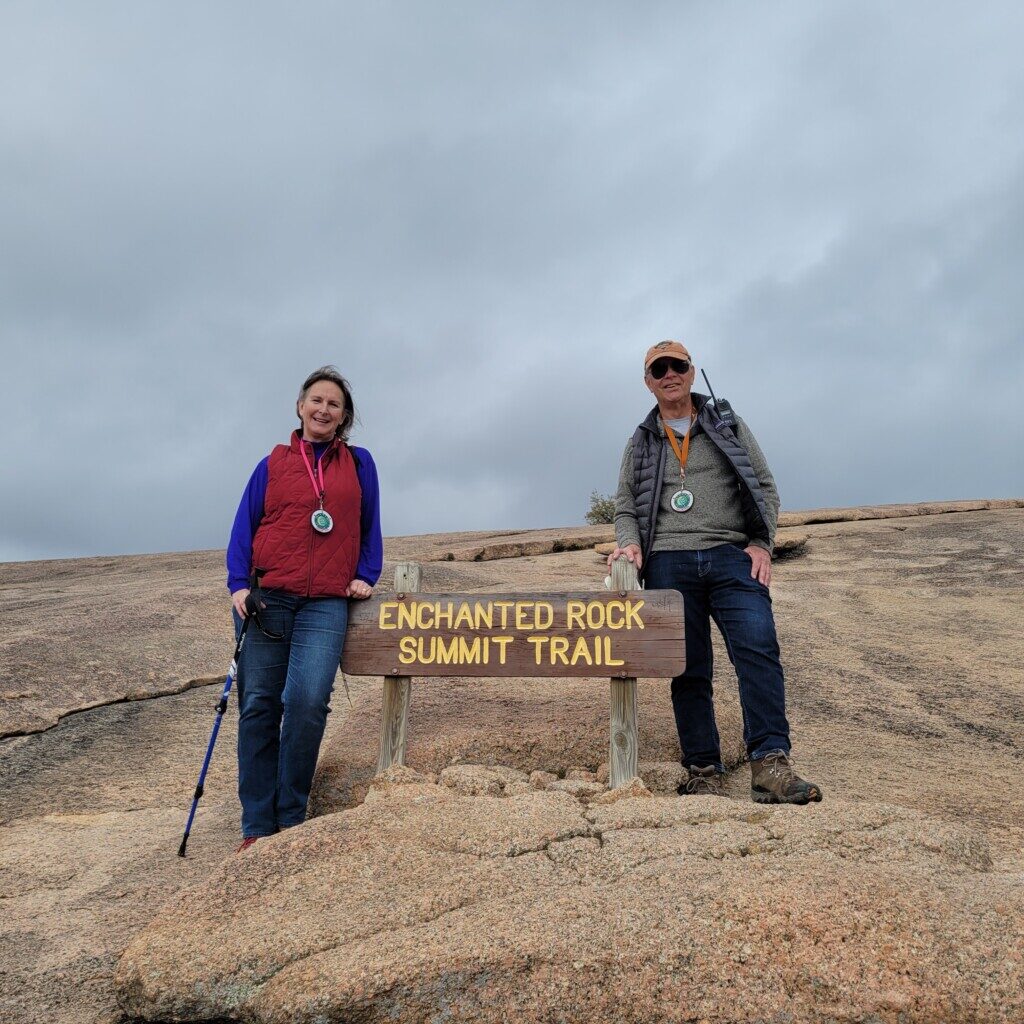This is a Drought! However, we can reduce water needs for our plants – Really. July 25, Fredericksburg chapter meeting
Have you been wondering if your landscape is using too much water? Or is it taking too much of your time? How about invasive plants? Deedy Wright , our speaker for Fredericksburg chapter’s July meeting, will share how she transformied a typical “contractor” landscape into a native plant xeriscape basically by herself.






